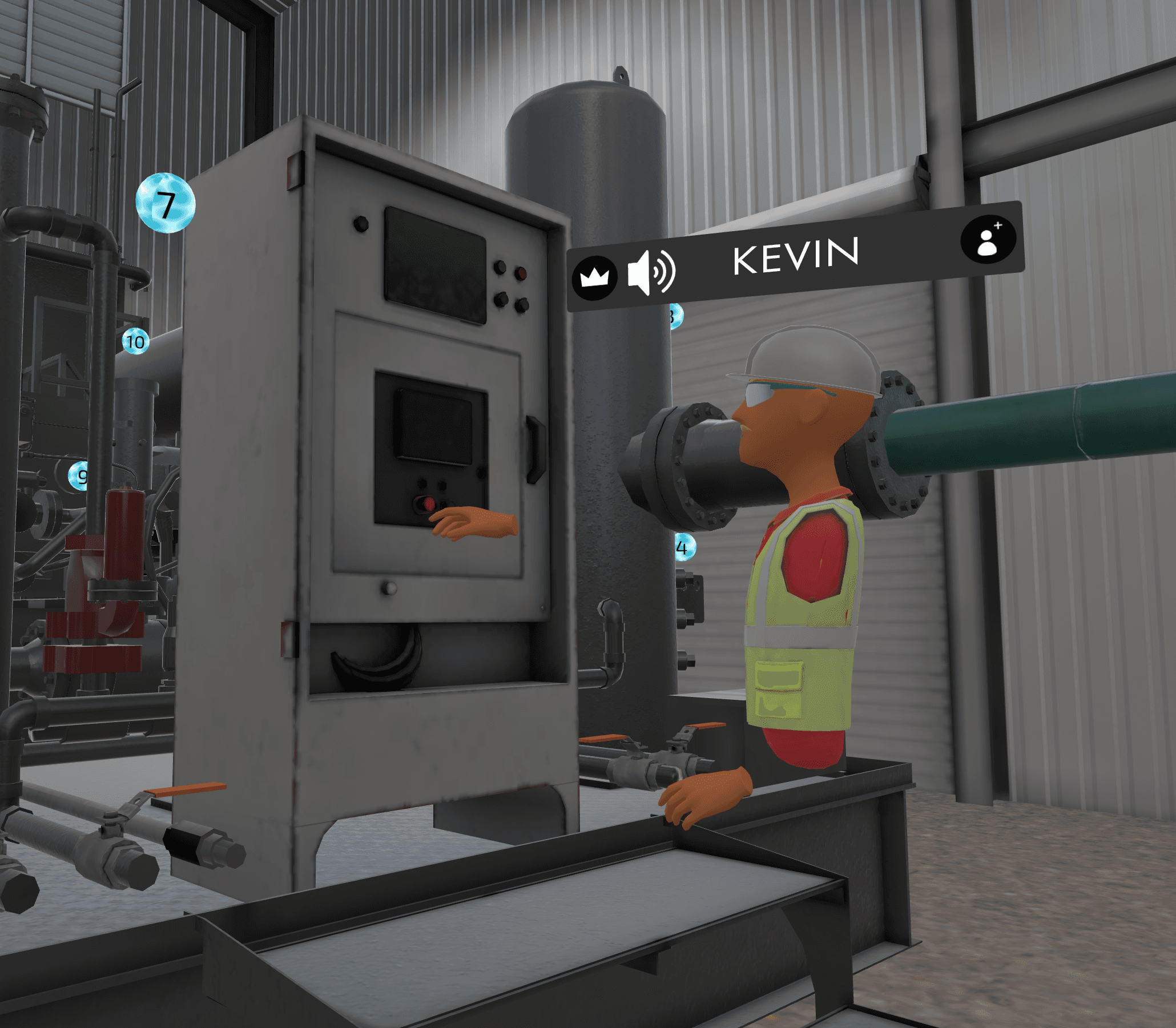
Your future is in the hands
of a new generation.
XALTER delivers immersive (XR) workforce development that accelerates competency, increases readiness, and improves critical decision making for your frontline workers.

Your future
is in the hands
of a new generation.
XALTER delivers immersive (XR) workforce development that accelerates competency, increases readiness, and improves critical decision making for your frontline workers.

Your future
is in the hands
of a new generation.
It’s time to develop a digital-native workforce with the operational intelligence
and field-ready skills you rely on. XALTER delivers immersive, virtual (XR) training
that accelerates competency, increases readiness, and improves critical
decision making for your frontline.
YESTERDAY’S STRATEGIES & TODAY’S DEMANDS
YESTERDAY’S STRATEGIES & TODAY’S DEMANDS
YESTERDAY’S STRATEGIES
& TODAY’S DEMANDS
DON't Work
DON't Work
Growing gaps in energy’s workforce pipeline are putting operational performance at risk.
Growing gaps in energy’s workforce pipeline are putting operational performance at risk.
Intelligence
Gap
Intelligence Gap
Intelligence
Gap
Your operational intelligence is draining away with every retirement party.
Your operational intelligence is draining away with every retirement party.
Generation
Gap
Generation Gap
Generation
Gap
Old school recruitment & retention methods are suffering in today’s career climate.
Old school recruitment & retention methods are suffering in today’s career climate.
Experience
Gap
Experience Gap
Experience
Gap
Classroom & CBT are safe but ineffective. OJT delivers but strains resources & adds risk.
Classroom & CBT are safe but ineffective. OJT delivers but strains resources & adds risk.
Readiness
Gap
Readiness Gap
Readiness
Gap
When it comes to many field situations, the only way to learn is the hard way.
When it comes to many field situations, the only way to learn is the hard way.
A NEXTGEN SOLUTION FOR NEXT LEVEL PERFORMACE
A NEXTGEN SOLUTION FOR NEXT LEVEL PERFORMACE
XALTER delivers an advanced workforce development platform to drive measurable gains in recruitment
& retention, productivity & safety.
XALTER delivers an advanced workforce development platform to drive measurable gains in recruitment
& retention, productivity & safety.
Attract
Talent
& keep it
Attract Talent
& keep it
Attract
Talent
& keep it
90%+ say workplace
technology impacts
job choice.
90%+ say workplace
technology impacts
job choice.
Say workplace
technology impacts
job choice.
Accelerate Competency
& Scale
Accelerate
Competency & Scale
Accelerate
Competency
& Scale
50% Reduction
in competency timelines.
50% Reduction
in competency timelines.
Reduction
in competency
timelines.
Improve
Safety
& Readiness
Improve Safety
& Readiness
Improve
Safety
& Readiness
30% Reduction
in Incident
Rates.
30% Reduction
in Incident
Rates.
Reduction
in Incident
Rates.
a trusted partner serving
industry leading workforces.
a trusted partner serving
industry leading workforces.
OUR SUCESS STORIES
OUR SUCESS STORIES
Virtual Experiences. Real-World Results.
Virtual Experiences. Real-World Results.
Virtual Experiences.
Real-World Results.
Core Competencies, Operations, Maintenance and Safety for Critical Systems — Mastered Virtually.

Core Competencies, Operations, Maintenance and Safety for Critical Systems — Mastered Virtually.

Core Competencies, Operations, Maintenance and Safety for Critical Systems — Mastered Virtually.

Standardized, Best Practice Procedures - Designed by Industry Experts.

Standardized, Best Practice Procedures - Designed by Industry Experts.

Standardized, Best Practice Procedures - Designed by Industry Experts.

Hands-on Practice & Assessment—Always Accessible, Massively Scalable, Risk-Free.

Hands-on Practice & Assessment—Always Accessible, Massively Scalable, Risk-Free.

Hands-on Practice & Assessment—Always Accessible, Massively Scalable, Risk-Free.

The results are real— measured from the frontline to your bottom line.

The results are real— measured from the frontline to your bottom line.

The results are real— measured from the frontline to your bottom line.





































THE PLATFORM FOR
ENERGY’S FRONTLINE
THE PLATFORM FOR
ENERGY’S FRONTLINE
XALTER is building a site based and system focused
library of modules for the entire energy value chain.
XALTER is building a site based and system focused
library of modules for the entire energy value chain.
WHAT OUR CLIENTS SAY ABOUT US
WHAT OUR CLIENTS
SAY ABOUT US















